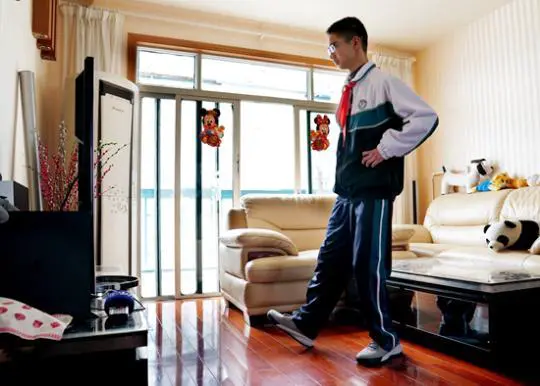The multiple layers of free trade arrangements in East Asia, which are expected to be in the spotlight at an Association of Southeast Asian Nations (ASEAN) summit and related meetings on Wednesday, prove that the economies in the world's most dynamic region are necessarily driven toward closer integration.
"One important point to emphasize: do not let any single issue slow down the cooperation," Termsak Chalermpalanupap, lead researcher for political and security affairs at the Singapore- based Institute of Southeast Asian Studies (ISEAS), told Xinhua.
The 10 ASEAN nations are pushing ahead with the establishment of an ASEAN Community by the end of 2015, while they and six partner countries -- China, Japan, South Korea, Australia, New Zealand and India -- will work together to strive for the conclusion of a Regional Comprehensive Economic Partnership (RCEP) next year.
The RCEP has been in the spotlight as one of the most comprehensive free trade arrangements in the Asia Pacific region. It could potentially lead to one of the world's largest free trade area covering over 3 billion people with a combined gross domestic product of about 17 trillion U.S. dollars.
Observers, however, are divided on the prospects for the RCEP talks, with some saying that the low tides in China-Japan relations and South Korea-Japan ties have cast doubts on the regional free trade talks, after Japan backtracked on its stance over wartime history in recent years.
"I don't even understand how they can do it," Termsak of the ISEAS said in an interview.
The East Asian Free Trade Talks will become a focal point at the ASEAN summit too. It involves China, Japan, South Korea and the 10 ASEAN nations.
China and ASEAN have recently launched talks to upgrade their free trade agreement (FTA) as bilateral trade surged over the past decade to 443.6 billion U.S. dollars. An FTA between ASEAN and South Korea on merchandise took effect in 2007. Similar deals on services and investments also came into effect in 2009.
China and South Korea leaders announced on Monday that China and South Korea have concluded substantive negotiations over a FTA.
Chen Gang, a research fellow at the East Asian Institute, National University of Singapore, noted in an interview with Xinhua that substantial progress in China-South Korea free trade talks would compel Japan to make more efforts to improve ties with its neighbors, as it would not want to be left out of the regional free trade arrangements.
"Improving diplomatic relations will be beneficial to both countries," he said.
The ASEAN nations and China, Japan and South Korea have set a target to establish an East Asian Economic Community by 2020. China has said that a mission led by Premier Li Keqiang would push for progress in the various layers of cooperation at the ASEAN meetings in Nay Pyi Taw, capital of Myanmar, this week.
Currently, there are several ASEAN+1 free trade arrangements each involving the ASEAN nations and a partner country.
Some scholars see fundamental drivers for economic integration in the region to move forward, citing the fact that Asia Pacific has been the world's most dynamic economic region.
China, ASEAN, India all enjoyed growth faster than the rest of the world. Together, they represent a significant part of the world economy. It is not hard to understand why there have been so many layers of FTAs in the region.
China and ASEAN, for instance, are driven toward a closer regional production network to address challenges like the impact from the sluggish demand from the developed economies in the coming years, said Kaewkamol Pitakdumrongkit, an assistant professor at Singapore's Nanyang Technological University.
"If you are an economist, what would be the changes in the ( coming) 10 years ... the upcoming challenges to face in ASEAN. It' s gotta be the deepening of the regional production network," she said.
Sarah Tong, a senior research fellow at the East Asian Institute, National University of Singapore, said that the RCEP approach is like putting additional building blocks to the existing bilateral and multilateral free trade agreements.
"It comes more natural," she said. Enditem
 简体中文
简体中文

